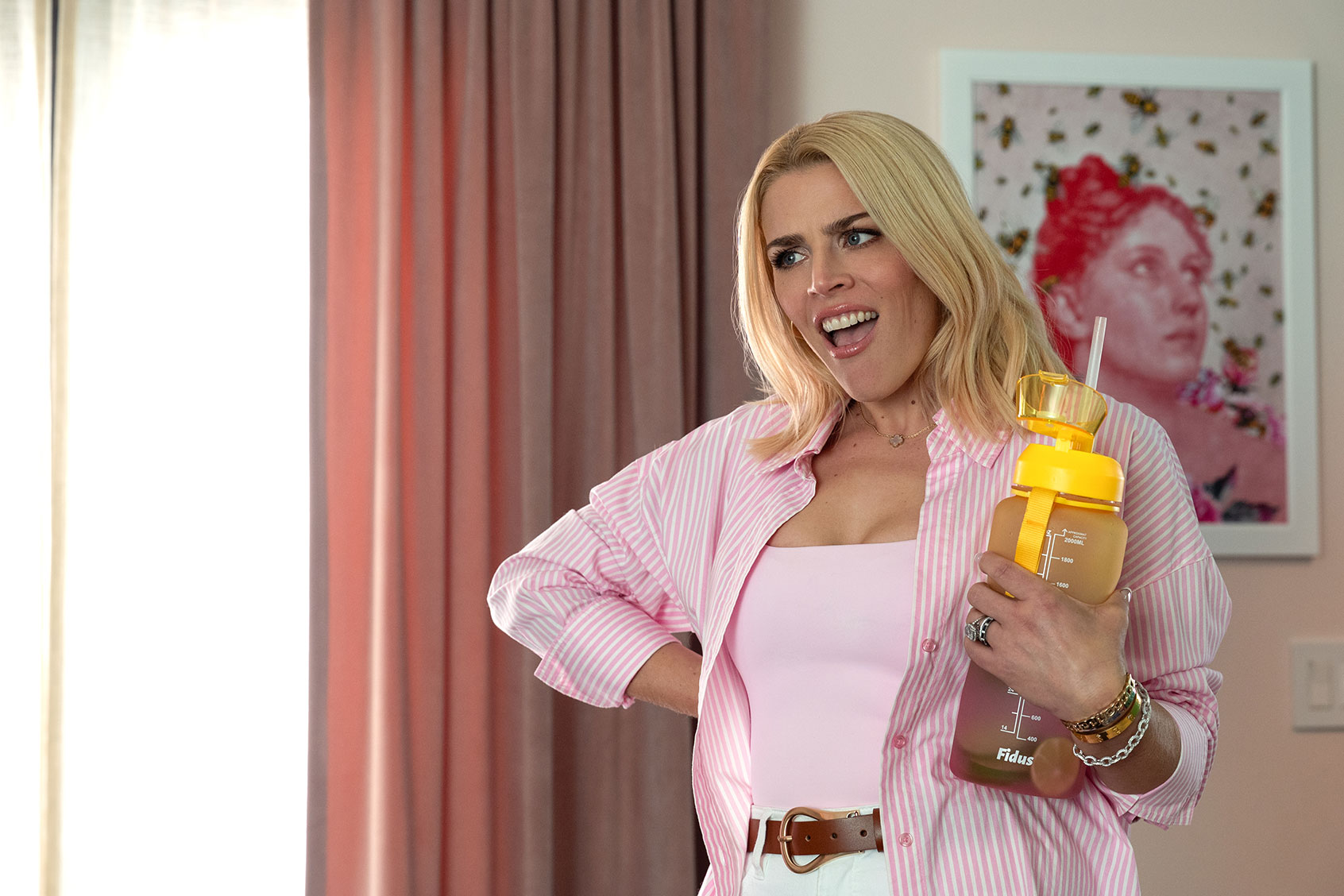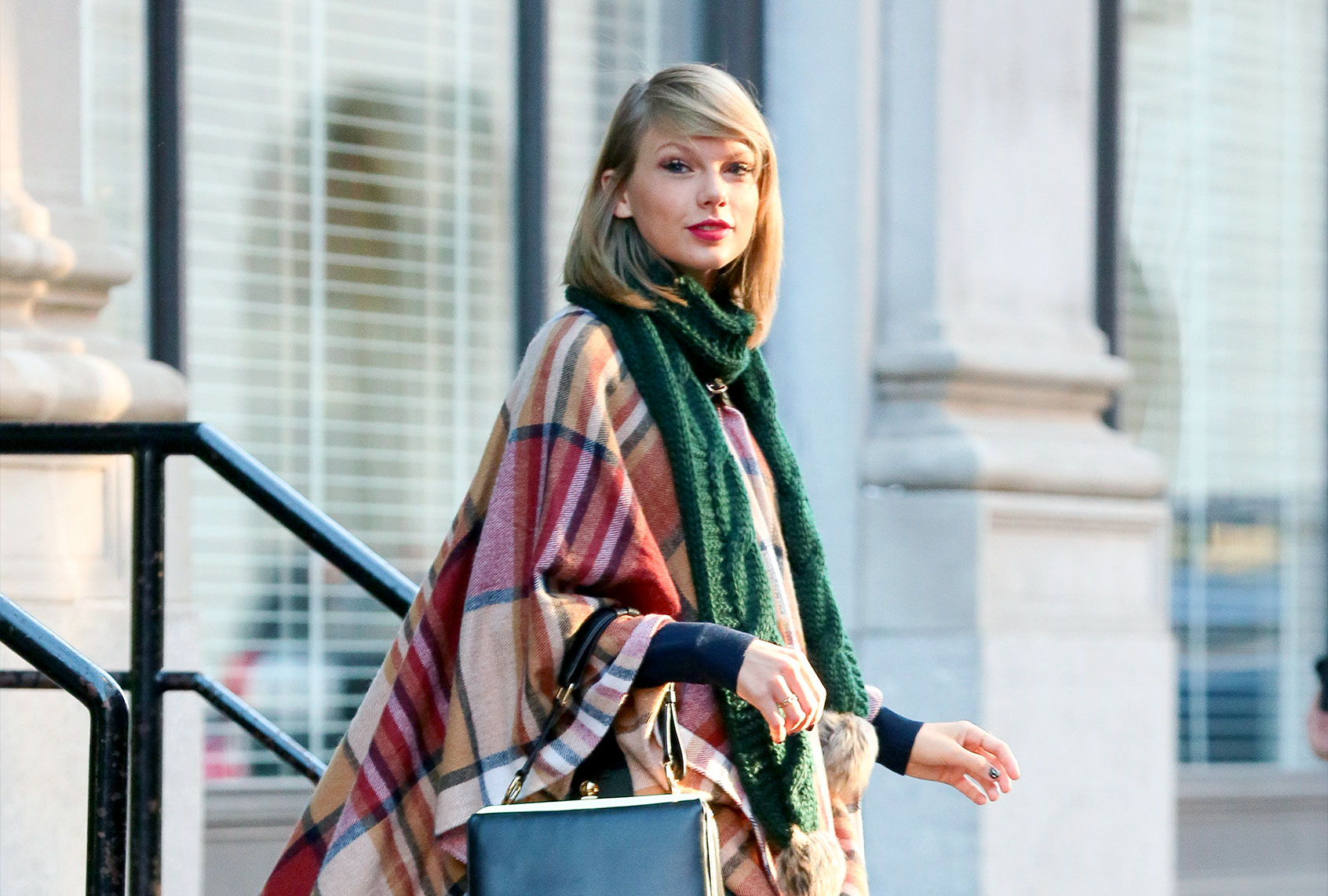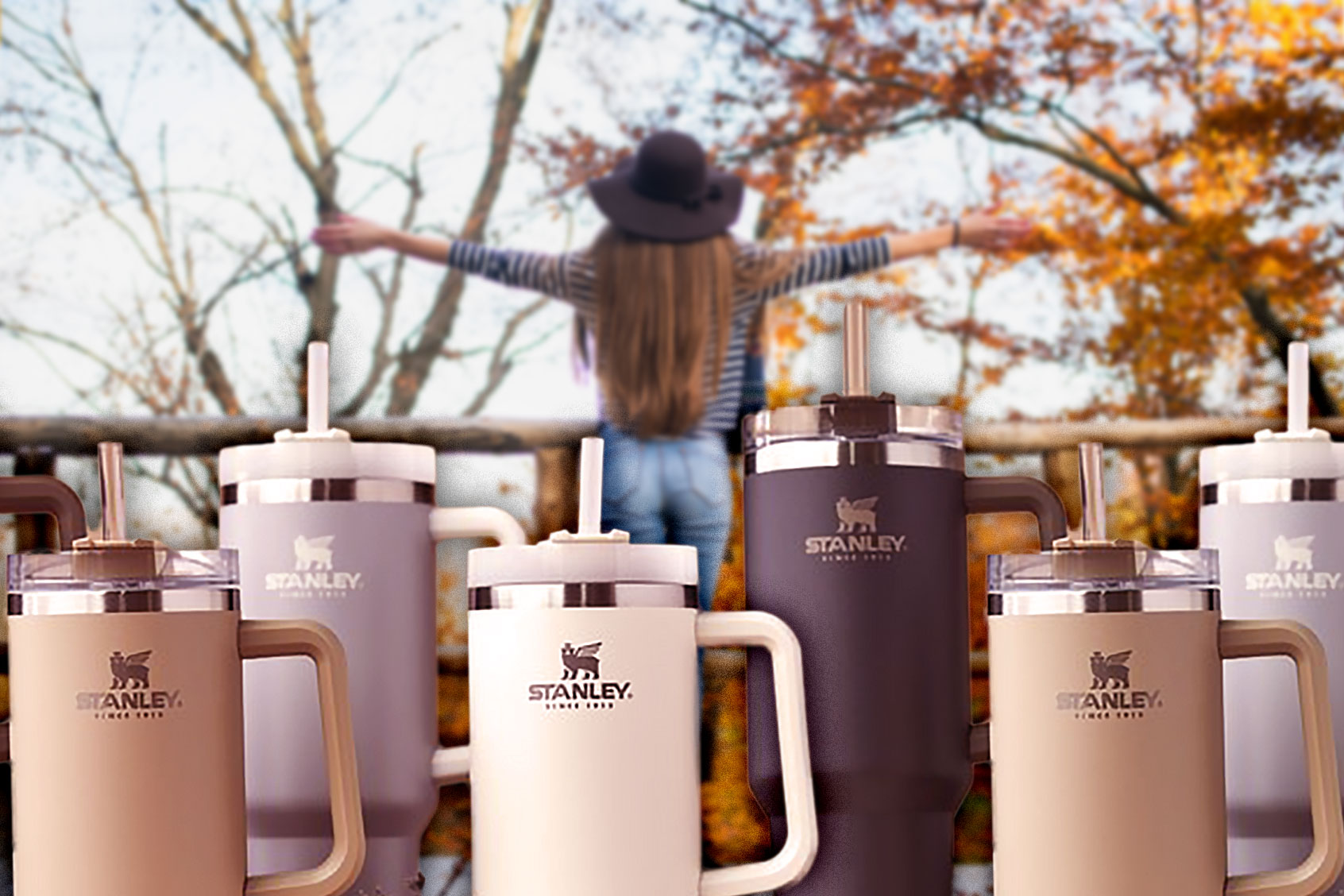Welcome to hydration nation, where the it accessory of the season is not a bag or pair of shoes or even a piece of jewelry — it’s a water vessel, specifically Stanley’s Quencher, an industrial-sized 40-ounce behemoth of steel. Social clout will be afforded to those who line up outside Target in order to buy the limited edition Valentine’s Day cup. (It’s pink. How novel!) If you missed the drop, you can buy them on StockX where Vice noted one went for $29,000 — but don’t fret. They’ve since dropped to $350. Let’s choose to forget that the retail price is around $50.
It’s not the bottle’s rather simple design, but rather its ability to signal status without broadcasting certain privileges.
The craze for the Quencher is so successful that Stanely’s annual sales rose from $75 million to $750 million in 2023. After strategically marketing it to women, the brand has transformed their audience from the outdoorsy, granola-type to Gen Z and millennial women, predominantly white women if the 98 million viewed hashtag #StanleyTumbler on TikTok is any indication. They lug the water tank around while going to reformer pilates, lounging around at home and while in the car as a selfie prop. Basically, the tumblers are the new version of the highly controversial Lululemon leggings: It’s vaguely related to wellness, deemed high quality and carrying a price tag that feels outlandish for how basic the product really is.
Supersized water bottles like Hydroflasks and Hydro Jugs have been around for some time now. Even in the “Mean Girls” reboot, Regina’s aspiring cool mom, the wealthy Mrs. George (Busy Philipps), is seen sporting a bottle bigger than her head. But Stanley tumblers have emerged as the trend’s breakout star. What inspires so many white girls to dish out so much and brave the mobs at Target for a water bottle? It’s not the bottle’s rather simple design, but rather its ability to signal status without broadcasting certain privileges.
 Busy Philipps plays Mrs. George in "Mean Girls" (Jojo Whilden/Paramount Pictures)Stanley tumblers rose to prominence in white girl culture in 2023. Many attribute this rise to a viral TikTok posted in November from @daniemarielettering, showing that after her car caught on fire her Stanley cup was the only thing to emerge unscathed. These reports overlook, however, that the Gen Z white girl, influencer Emma Chamberlain, posted twice about the cup. Chamberlain, who started her career as a YouTuber and has since gone to be named one of the most influential people by Time and most important person on the platform by The Atlantic, wrote, “Everyday [sic] I have to convince myself not to buy this cup” via Instagram stories in the spring. Then, she posted again, writing, “Update: loving the cup.” It’s no surprise that her 15.5 million Instagram followers took notice and likely contributed to the uptick in sales. Whether or not she was given the cup in order to market it to her following, it clearly worked. “If it’s good enough for Emma, it’s good enough for me,” said one fan on TikToker as she purchased it.
Busy Philipps plays Mrs. George in "Mean Girls" (Jojo Whilden/Paramount Pictures)Stanley tumblers rose to prominence in white girl culture in 2023. Many attribute this rise to a viral TikTok posted in November from @daniemarielettering, showing that after her car caught on fire her Stanley cup was the only thing to emerge unscathed. These reports overlook, however, that the Gen Z white girl, influencer Emma Chamberlain, posted twice about the cup. Chamberlain, who started her career as a YouTuber and has since gone to be named one of the most influential people by Time and most important person on the platform by The Atlantic, wrote, “Everyday [sic] I have to convince myself not to buy this cup” via Instagram stories in the spring. Then, she posted again, writing, “Update: loving the cup.” It’s no surprise that her 15.5 million Instagram followers took notice and likely contributed to the uptick in sales. Whether or not she was given the cup in order to market it to her following, it clearly worked. “If it’s good enough for Emma, it’s good enough for me,” said one fan on TikToker as she purchased it.
We need your help to stay independent
Marketing is not about selling a product so much as it’s about selling a type of personhood about the people that buy it.
Perhaps it’s no coincidence then that Chamberlain embodies so many of the things that makes the cup popular. The YouTuber got her start by making videos of doing mundane or “relatable” things: buying iced coffee, driving around in her car doing nothing and thrifting. Her normal, girl-next-door persona made her vlogs comedic and enjoyable, the bread and butter that launched arguably one of the most successful YouTube-to-mainstream careers.
The cup encapsulates much the same idea. It’s quotidian and relatable. (Everyone needs to drink water.) And yet, there’s still a level of exclusivity. Not everyone can afford the higher price point, especially when much cheaper insulating bottles are right there. That is likely the whole point. Marketing is not about selling a product so much as it’s about selling a type of personhood about the people that buy it. Stanley cups signal a certain sense of class. People who buy it are rich enough to afford an unnecessarily bougie water bottle, but it’s not so expensive that they can be accused of trying to flex too hard. Instead, it’s a humble brag masked under the guise of a quasi-wellness lifestyle of hydrating and going to yoga. At the end of the day, a water bottle is just an everyday, mundane staple. Thus, the bottle sells the idea that its buyer is a reasonable, well-off person, rich enough to be perhaps in the upper middle class echelon — but not a part of the controversial one percent. The Stanley cup is a way to flex on the peasants without looking gauche.
Why is this performed humility so appealing? It’s much less impressive to signal that “you’ve made it” when you were born into it or had a helping hand as many privileged white Americans do. Think of it as similar to the growing list of celebrities who pretend they’re from working-class backgrounds. When the spoon-fed upbringing is disguised, or when a Stanley cup is used to codify a well-off person that hasn’t lost their humble sensibilities, it creates an ethical, grand sense of accomplishment, a sense that this person pulled themselves up by their bootstraps and achieved the ol’ American dream. Afterall, the biggest flex is not having to flex at all.
 Taylor Swift (Ignat/Bauer-Griffin/GC Images/Getty Images)Queen of white women Taylor Swift is the perfect example. No matter how many eras into her fame she is, she continues to be described as the girl next door and down to earth as if she could’ve been any other small town girl who worked hard and dreamed her way into being a pop star — except this isn’t really the case. She’s the daughter of wealthy plutocrats. Her dad, Scott Swift, even bought a piece of Big Machine, the same label that signed her first record deal. Still, Swift, her team, and the media have successfully branded the singer as a self-starter.
Taylor Swift (Ignat/Bauer-Griffin/GC Images/Getty Images)Queen of white women Taylor Swift is the perfect example. No matter how many eras into her fame she is, she continues to be described as the girl next door and down to earth as if she could’ve been any other small town girl who worked hard and dreamed her way into being a pop star — except this isn’t really the case. She’s the daughter of wealthy plutocrats. Her dad, Scott Swift, even bought a piece of Big Machine, the same label that signed her first record deal. Still, Swift, her team, and the media have successfully branded the singer as a self-starter.
The improbability of the American dream likely drives desire towards it. A defining aspiration for the country, the dream peddles the concept of upward mobility so that anyone might achieve success if they just work hard enough. This has been, of course, proven false. The system is highly rigged against people of color, immigrants, migrants, disabled and other marginalized groups. But even for white Americans who supposedly are expected to be insulated from such issues, the American dream is still unobtainable. It’s getting harder and harder to reach the same success the generation previous had, like owning a house or a car. While politicians may drum up anger or use people of color as scapegoats for this difficulty, most find it easier to rejigger the dream into something more accessible. The Quencher may not be a house with a white picket fence, but it still offers a level of status for those struggling to achieve it.
Want a daily wrap-up of all the news and commentary Salon has to offer? Subscribe to our morning newsletter, Crash Course.
Stanley cups offer a fleeting, rare chance at succeeding at this revered myth. With tumbler in hand, they can feel as though they’re living the it girl influencer lifestyle of slow mornings, fitness classes and an ironic sense of self congratulations.

